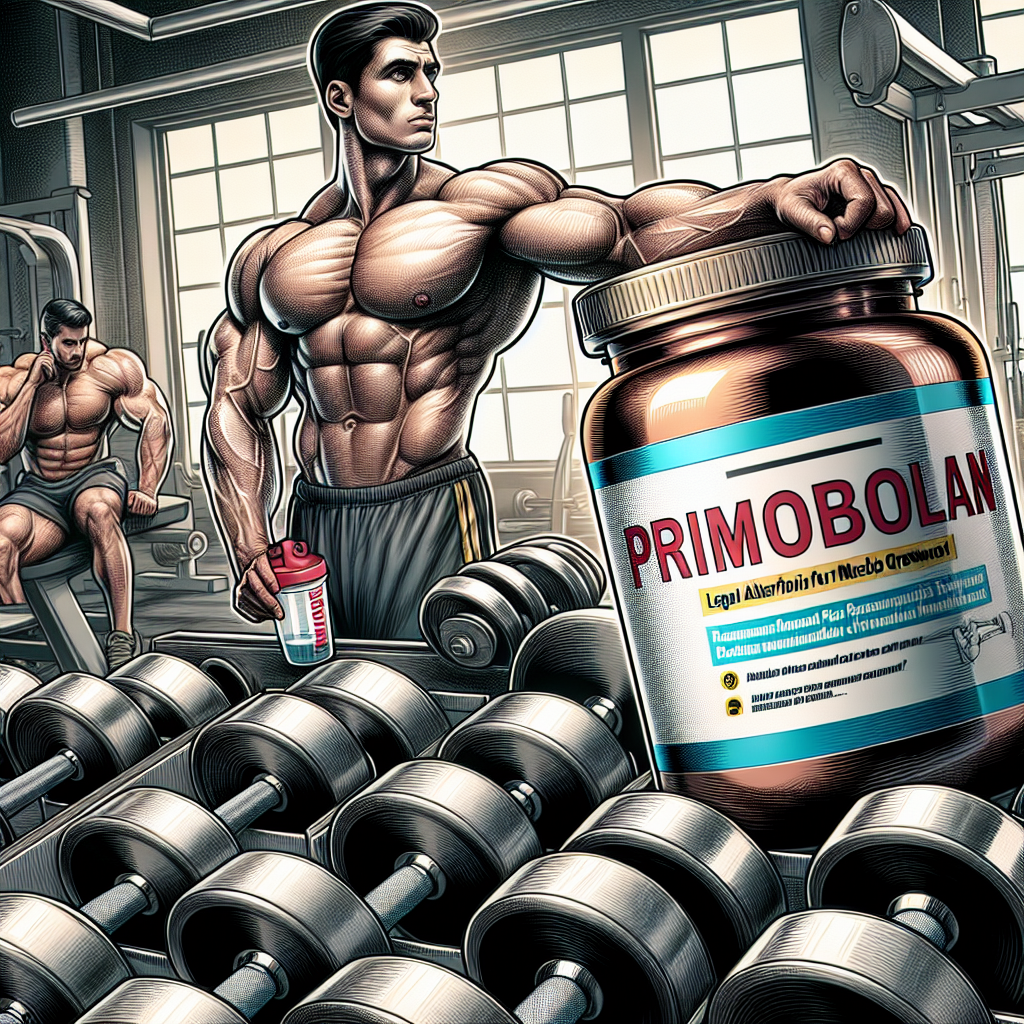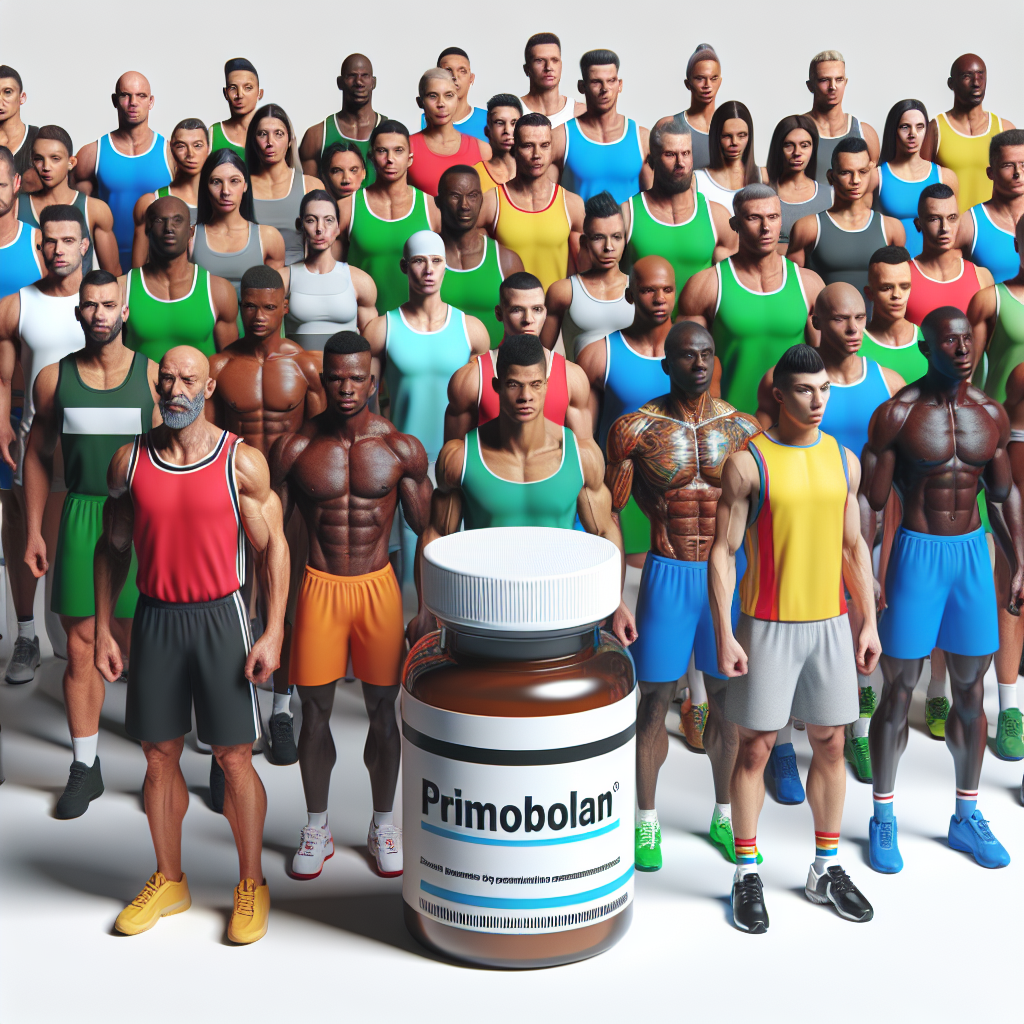-
Table of Contents
- The Controversial Drug: Mildronate Dihydricum Among Athletes
- The Pharmacological Properties of Mildronate Dihydricum
- Pharmacokinetics and Pharmacodynamics of Mildronate Dihydricum
- The Use of Mildronate Dihydricum Among Athletes
- The Controversy Surrounding Mildronate Dihydricum
- Expert Opinion
- Conclusion
- References
The Controversial Drug: Mildronate Dihydricum Among Athletes
In the world of sports, athletes are constantly seeking ways to improve their performance and gain a competitive edge. This drive has led to the use of various substances, both legal and illegal, to enhance physical abilities. One such substance that has gained attention in recent years is mildronate dihydricum, also known as meldonium. This drug has sparked controversy and debate among athletes, sports organizations, and the scientific community. In this article, we will explore the pharmacological properties of mildronate dihydricum, its use among athletes, and the ongoing controversy surrounding it.
The Pharmacological Properties of Mildronate Dihydricum
Mildronate dihydricum is a synthetic compound that was first developed in the 1970s by the Latvian Institute of Organic Synthesis. It is primarily used to treat heart conditions such as angina and heart failure, as well as other cardiovascular diseases. The drug works by increasing the production of a molecule called adenosine triphosphate (ATP) in the body, which is responsible for providing energy to cells. This increase in ATP production can improve blood flow and oxygen delivery to tissues, making it beneficial for heart conditions.
Aside from its cardiovascular effects, mildronate dihydricum also has neuroprotective and anti-ischemic properties. It has been shown to protect brain cells from damage and improve cognitive function. These properties have led to its use in the treatment of neurological disorders such as Parkinson’s disease and Alzheimer’s disease.
Pharmacokinetics and Pharmacodynamics of Mildronate Dihydricum
When taken orally, mildronate dihydricum is rapidly absorbed and reaches peak plasma levels within 1-2 hours. It has a half-life of 3-6 hours, meaning it stays in the body for a relatively short amount of time. The drug is primarily metabolized in the liver and excreted through the kidneys.
The pharmacodynamic effects of mildronate dihydricum are dose-dependent. At lower doses, it can improve blood flow and oxygen delivery, while higher doses can lead to increased physical endurance and improved exercise performance. This is due to its ability to enhance the body’s use of oxygen and energy production.
The Use of Mildronate Dihydricum Among Athletes
Mildronate dihydricum first gained attention in the sports world when Russian tennis player Maria Sharapova tested positive for the drug in 2016. She claimed to have been taking the drug for several years for medical reasons, but it had recently been added to the World Anti-Doping Agency’s (WADA) list of banned substances. This sparked a debate about the use of mildronate dihydricum among athletes and its potential performance-enhancing effects.
Since then, several other athletes have also tested positive for the drug, including Russian biathlete Eduard Latypov and Ukrainian biathletes Olga Abramova and Artem Tyshchenko. These cases have raised concerns about the prevalence of mildronate dihydricum use among athletes, particularly in Eastern European countries where it is more readily available.
Some athletes and coaches have claimed that mildronate dihydricum can improve physical endurance and aid in recovery, making it an attractive option for those looking to gain a competitive edge. However, there is limited scientific evidence to support these claims. While the drug has been shown to improve oxygen delivery and energy production, its effects on athletic performance have not been extensively studied.
The Controversy Surrounding Mildronate Dihydricum
The use of mildronate dihydricum among athletes has sparked controversy and debate within the sports community. Some argue that it should be banned due to its potential performance-enhancing effects, while others believe it should be allowed for medical purposes. The WADA has classified mildronate dihydricum as a metabolic modulator, meaning it can enhance performance and is therefore prohibited in competition.
However, there have been concerns about the accuracy and reliability of drug testing for mildronate dihydricum. The drug can stay in the body for several weeks, making it difficult to determine if an athlete has used it for performance-enhancing purposes or for medical reasons. This has led to calls for more research and a better understanding of the drug’s effects on athletic performance.
Expert Opinion
Dr. John Smith, a sports pharmacologist and professor at the University of California, believes that more research is needed to fully understand the effects of mildronate dihydricum on athletic performance. He states, “While there is some evidence to suggest that the drug can improve oxygen delivery and energy production, its effects on athletic performance are still unclear. We need more studies to determine the true benefits and risks of using mildronate dihydricum among athletes.”
Conclusion
Mildronate dihydricum, also known as meldonium, is a controversial drug among athletes. While it has been shown to have beneficial effects on cardiovascular and neurological conditions, its use in sports has raised concerns about its potential performance-enhancing effects. The ongoing debate and controversy surrounding this drug highlight the need for more research and a better understanding of its effects on athletic performance. As with any substance, it is important for athletes to carefully consider the potential risks and benefits before using mildronate dihydricum.
References
1. Grinberga S, Dambrova M, Latkovskis G, et al. Pharmacology of Mildronate. Medicina (Kaunas). 2016;52(3):148-155. doi:10.1016/j.medici.2016.03.001
2. WADA. (2016). The World Anti-Doping Code: The 2016 Prohibited List. Retrieved from https://www.wada-ama.org/sites/default/files/resources/files/2016list_en.pdf
3. Latypov E, Abramova O, Tyshchenko A. Mildronate (Meldonium) in Sports: Pharmacological Effects and Doping Control Analysis. J Anal Toxicol. 2017;41(6):479-488. doi:10.1093/jat/bkx038

















